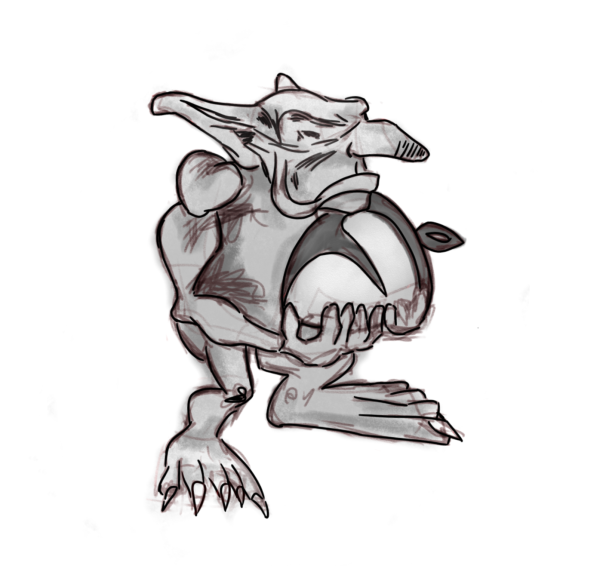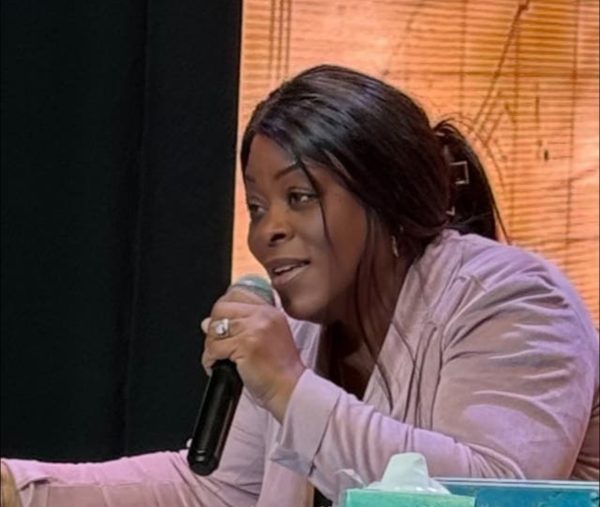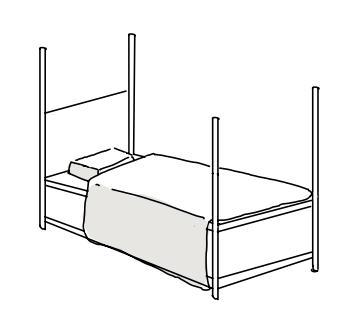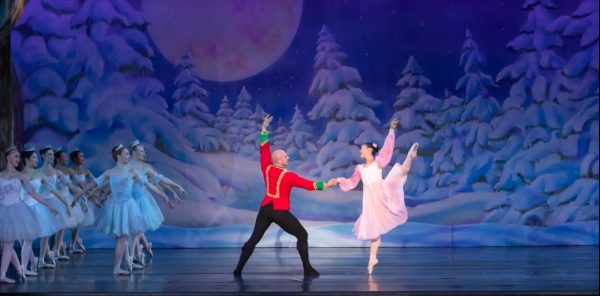Intramural Athletics Promote Health and Defy Team Elitism
In theory, PE classes are essential. They promote a healthy lifestyle and frequent exercise in a society that is riddled with obesity. However, most CHS students would probably agree that PE does not actually affect one’s health, seeing as on most days, PE classes are relatively sedentary. In fact, according to faculty research fellow of the National Bureau of Economic Research and Cornell University professor John Cawley, PE classes have had “no effect on boys’ over all physical activity or weight,” and has not had any clear effect on BMI or obesity among adolescents in general. However, CHS does not stop there when it comes to physical activity. Freshmen/Sophomore, JV, and varsity level sports are available, but only to a limited number of students, who typically have prior training and can aid a team in winning games. So, what are other, less qualified students seeking adequate exercise, but without a proper outlet, to do? To solve this problem and provide an equal opportunity for health to all students, CHS should organize and support recreational sports teams, also known as intramurals.
According to Time magazine, research done by Keith M. Drake, a post-doctoral research fellow at the Hood Center for Children and Families at the Geisel School of Medicine at Dartmouth College, shows that high school students who are active on at least three sports teams in one year are 27% less likely to be overweight and 39% less likely to be obese compared with teens who do not participate on any sports teams. While a fair number of students qualify for one season of high school sports, they often participate in off-season training, such as the CHS football teams in the summer. In addition, these students, by maintaining optimal physicality in one season of sports, easily qualify for another season. These same students also tend to have an out-of-school outlet to continue playing during the off-season. This elitist system that has developed in high school sports leagues on a national level keeps many students, who do not have the opportunity to play sports elsewhere, from gaining coveted spots on sports teams, and thus they enter into a sedentary lifestyle perpetually.
While it would not be fair to hard-working student athletes to have the politics of high school sports changed, the elitism, in the case of sports, does not have to be abolished for equal opportunity to occur. Intramural sports teams, organized and supported by CHS, would allow any student, regardless of ability, specific talent, and financial means to participate on team sports. Plus, there would not have to be an established league for these students to participate. Scrimmages against fellow classmates would suffice, considering that intramural sports are purely for exercise, sportsmanship, and fun.
Although intramural sports teams would require some financial support for equipment, coaches, and other minor expenses, this is a relatively minute factor when compared to the cost of the CHS PE program. Further investigation and detailed reports of CHS’s PE expenditures would be necessary to fully understand the price differences between intramurals and the PE program. However, the value of intramurals is clearly greater than the PE program due to the fact the intramurals would actually obtain the objective of establishing healthy lifestyles and providing regular exercise. In other words, it would be money better spent. If CHS were to put some of its physical education funding into the creation of intramural sports, then the objective of PE would be met at a much greater degree, and with more effect per dollar.
Intramural sports go beyond promoting a healthy lifestyle and regular exercise; they actually provide an outlet for students, who otherwise would not be able to participate on sports teams, to obtain similar benefits. Unlike PE, intramural sports would actually decrease the chances of obesity among CHS students, in a more cost-effective manner. The provision of equal opportunity of students to establish healthy lifestyles is a necessity in today’s sedentary society, and can be achieved through the creation of intramural sports teams.
Hello there! Our goal is to provide relavent, engaging journalism for readers of all ages. Your donation will support the student journalists of the Wolfpacket at Claremont High School, and will allow us to purchase equipment, print our monthly issues, and enter in journalism competitions. We appreciate your consideration!

Anne Rosett is a senior at Claremont High School and is in her third year on the Wolfpacket. Rosett has previously held the positions of Reporter and...









